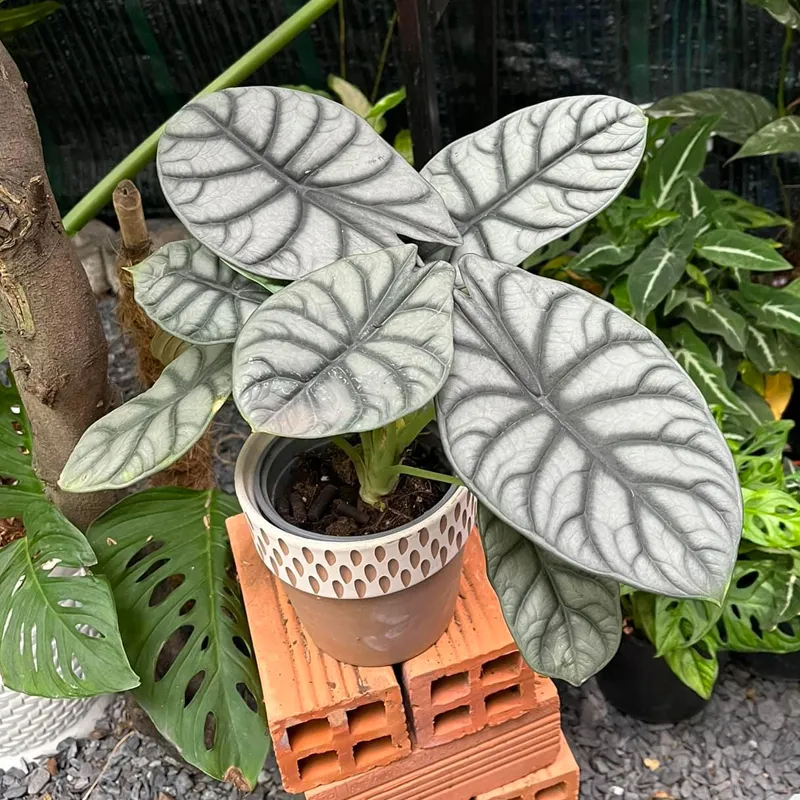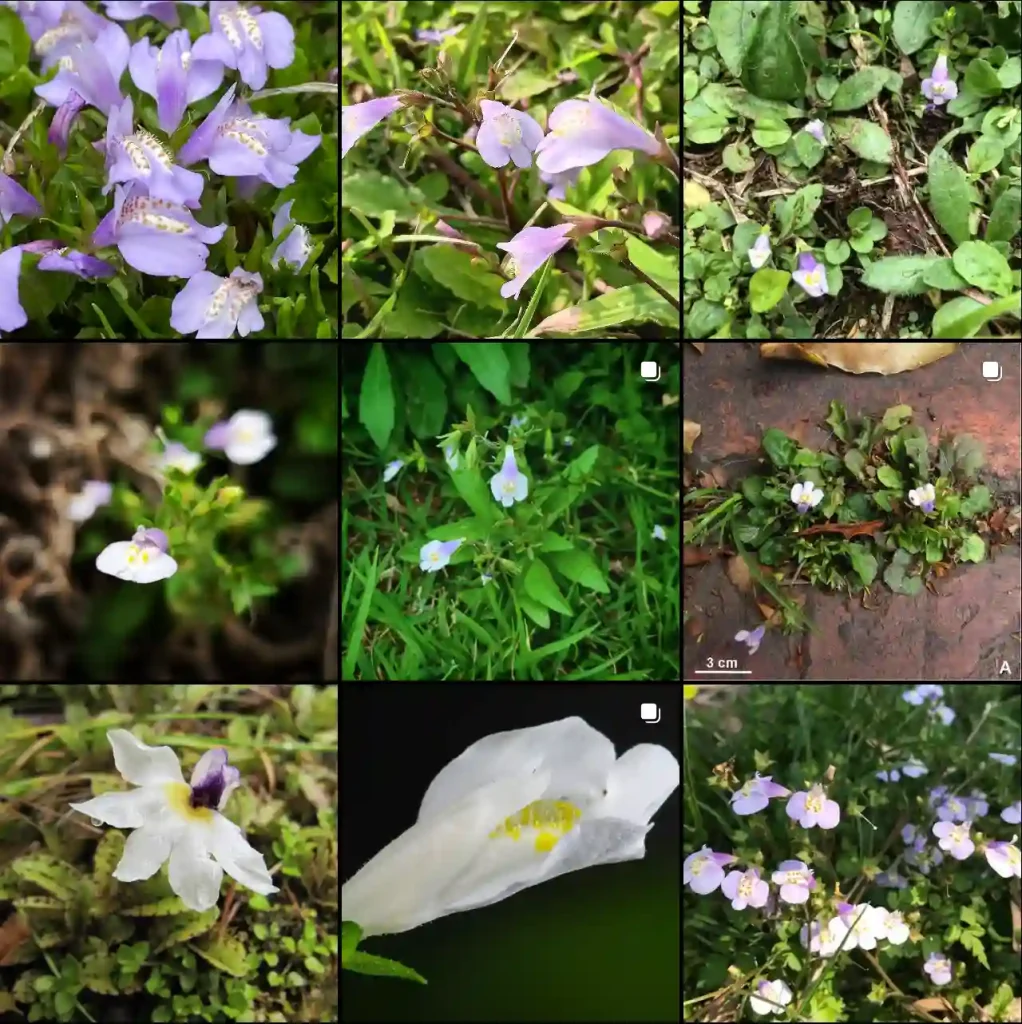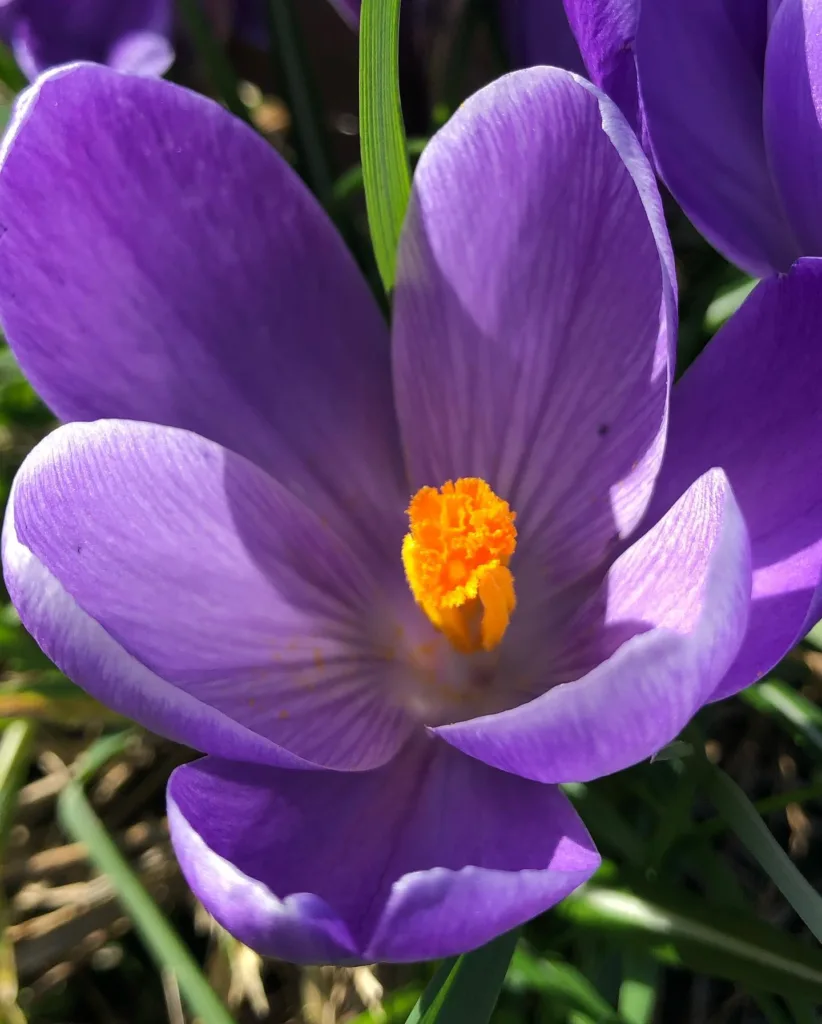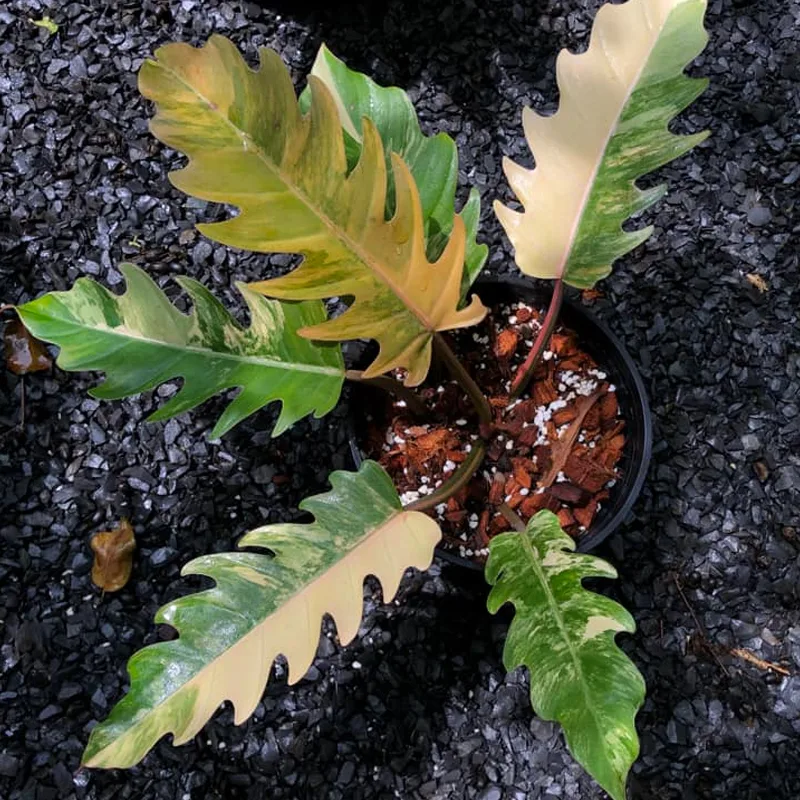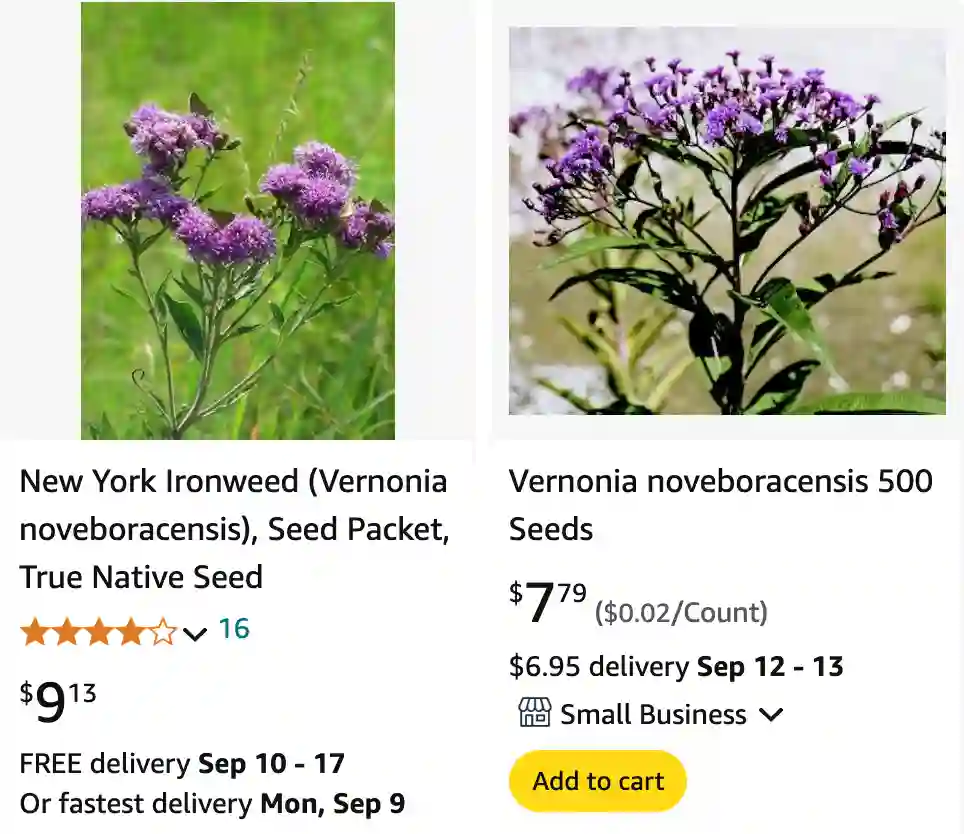
What is Vernonia Noveboracensis?
Vernonia Noveboracensis, commonly known as New York Ironweed, is a striking perennial plant native to the eastern United States. This robust plant is recognized for its tall, stately growth and vibrant purple flowers that bloom late in the summer, typically from August to October. It belongs to the Asteraceae family and thrives in a variety of soil types, making it a versatile addition to many gardens. With its eye-catching appearance and ease of care, it’s a favorite among gardeners looking for a showstopper in late-season flower beds.
339 Species in Genus Vernonia
How to Care for Vernonia Noveboracensis?
Caring for Vernonia Noveboracensis is relatively straightforward, as it is known for its hardiness. Here are some key care tips:
- Light Requirements: This plant prefers full sun to partial shade. While it can tolerate some shade, it thrives in sunny spots where it can receive at least 6 hours of sunlight daily.
- Soil Conditions: New York Ironweed is adaptable to various soil types but performs best in well-drained, moist soils. It can handle poor soil conditions but may not grow as vigorously.
- Watering: Regular watering is crucial, especially during dry periods. However, the plant does not like to sit in waterlogged soil. Aim to keep the soil consistently moist but not soggy.
- Fertilizing: Fertilize once in early spring with a balanced fertilizer to promote healthy growth and flowering. Over-fertilizing can lead to excessive foliage growth at the expense of blooms.
- Pruning: To encourage a bushier growth habit, you can cut back the plant in early spring before new growth begins. Deadheading spent flowers can also extend the blooming period and keep the plant looking tidy.
How to Propagate Vernonia Noveboracensis?
Propagating New York Ironweed can be done through seeds or division:
- Seeds: Start seeds indoors 6-8 weeks before the last frost. Sow seeds on the surface of a seed-starting mix and lightly cover them. Keep the soil moist and maintain a temperature of about 70°F (21°C). Once seedlings are large enough to handle, transplant them outdoors after the last frost.
- Division: In early spring or fall, you can divide established plants. Gently dig up the root clump and separate it into smaller sections with roots. Replant these divisions in well-prepared soil, keeping them evenly spaced.
What to Plant With Vernonia Noveboracensis?
New York Ironweed pairs well with a variety of other plants, adding both color and texture to your garden. Consider these companion plants:
- Goldenrod (Solidago spp.): The bright yellow blooms of goldenrod complement the purple flowers of ironweed, creating a vibrant contrast.
- Black-eyed Susan (Rudbeckia hirta): These cheerful yellow flowers add a sunny touch and blend well with the purple hues of Vernonia.
- Tall Sedum (Sedum ‘Autumn Joy’): With its late-season blooms and sturdy stems, tall sedum provides a nice structural balance to the ironweed’s vertical growth.
- Joe-Pye Weed (Eutrochium spp.): This plant shares similar soil and light requirements, and its pinkish flowers contrast beautifully with the purple of New York Ironweed.
Is Vernonia Noveboracensis Toxic?
Vernonia Noveboracensis is not known to be toxic to humans or animals. It is generally considered safe for use in gardens where pets or children play. However, as with any plant, it is wise to avoid ingesting any part of it and to monitor pets to ensure they do not chew on the foliage.
Benefits of Vernonia Noveboracensis
New York Ironweed offers several benefits beyond its striking appearance:
- Wildlife Attraction: Its flowers attract pollinators like butterflies and bees, making it a valuable addition to pollinator-friendly gardens.
- Seasonal Interest: The plant’s late-season blooms provide color and interest when many other garden plants are finishing their bloom cycles.
- Low Maintenance: Once established, it requires minimal care, making it an ideal choice for gardeners looking for a low-maintenance, yet dramatic, garden addition.
Common Problems with Vernonia Noveboracensis
Despite its hardy nature, Vernonia Noveboracensis can encounter a few issues:
- Powdery Mildew: This fungal disease can cause white, powdery spots on the leaves. Ensure proper spacing between plants to improve air circulation and reduce humidity, which helps prevent this issue.
- Stem Weakness: In overly rich soils or excessive shade, the plant may become leggy and require staking for support. Pruning and proper site selection can help mitigate this problem.
Comparing Vernonia Noveboracensis with Similar Plants
When compared to other tall, late-blooming perennials, Vernonia Noveboracensis stands out for its distinctive flower color and resilience. For instance:
- Joe-Pye Weed: Both plants share similar growing conditions and attract pollinators, but Joe-Pye Weed typically has a more relaxed, open habit and different flower colors.
- Ironweed (Vernonia gigantea): Vernonia gigantea, another species of ironweed, has larger leaves and a more sprawling habit compared to the more upright growth of Vernonia Noveboracensis.
Vernonia Noveboracensis is a stunning and adaptable plant that can enhance any garden with its vibrant blooms and low maintenance needs. Whether you’re planting it as a focal point or as part of a diverse garden, it’s sure to add beauty and interest.
If i die, water my plants!
